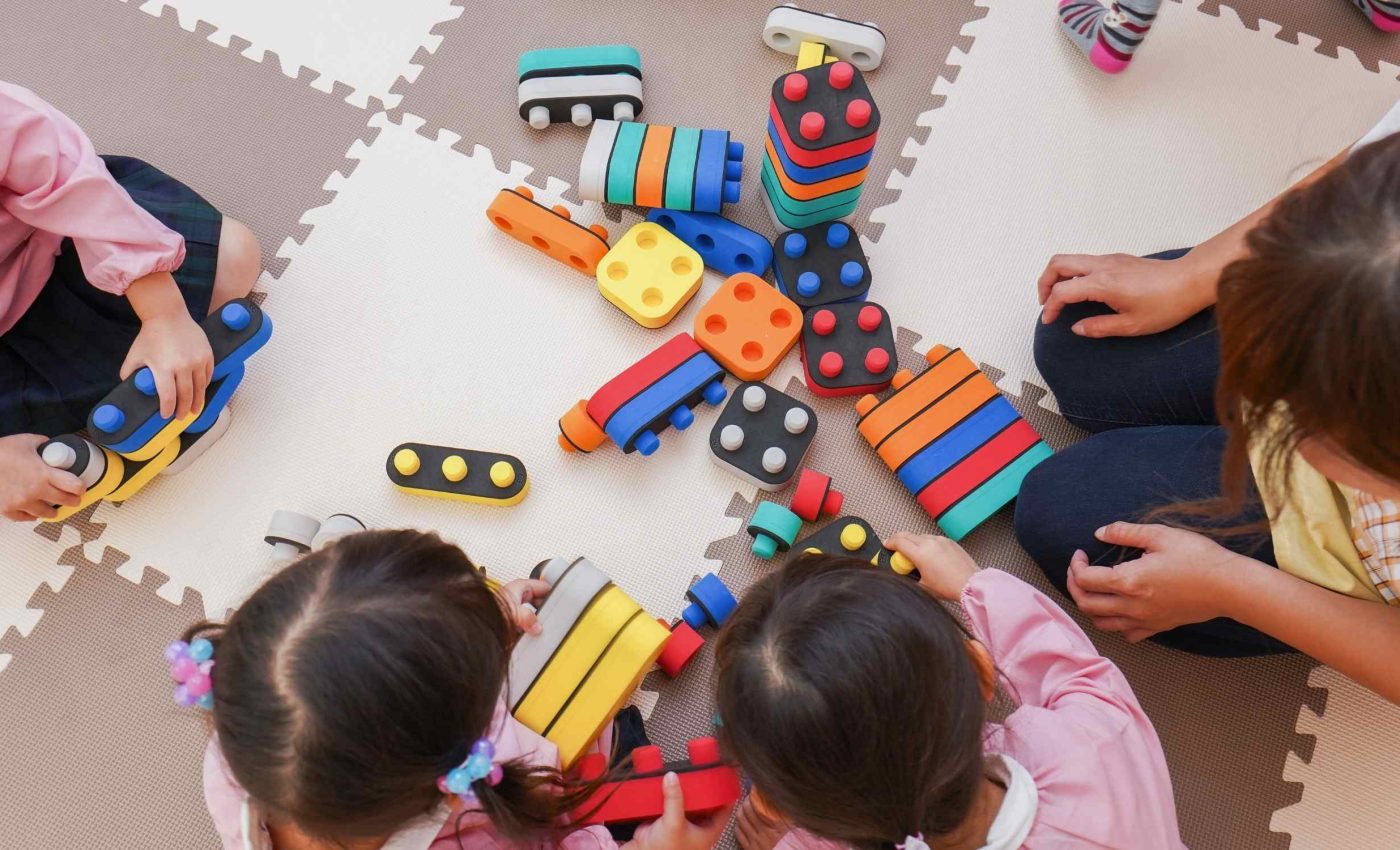
Best-kept secret in public education costs less with better results
Public Montessori preschool is delivering more learning for less money by the end of kindergarten. In the first nationwide randomized trial, students in programs across the United States outpaced peers in core skills, while programs cost about $13,000 less per child.
The project followed nearly six hundred children in public schools from age 3 through kindergarten. It compared students who won seats in oversubscribed Montessori classrooms with those who did not.
What the study actually tested
The work was led by Angeline Lillard, Commonwealth Professor of Psychology at the University of Virginia. Her research focuses on how Montessori methods and everyday play shape early learning.
Researchers used a randomized controlled trial that assigns children to groups by chance. That design helps show whether Montessori itself drives the results.
Preschool-aged children took standardized tests in reading and math, plus tasks of executive function, mental skills for focus, planning, and self-control.
They were also assessed on short term memory and social understanding during each spring through kindergarten.
Improvements appeared in reading, memory, and theory of mind, the ability to infer what others think and feel. A cost analysis found three preschool years of public Montessori cost $13,127 less per child than traditional programs.
Montessori preschool results matter
Many public pre-K programs produce early gains that fade by the end of kindergarten. A statewide randomized study in Tennessee even found worse academic and behavior outcomes by sixth grade.
The timing also matters because national reading scores have slipped since 2019. Early reading is a strong predictor of later achievement.
Independent meta-analysis work has reported modest but meaningful benefits for Montessori on both academic and nonacademic outcomes. The new national trial adds stronger causal evidence inside public schools.
How Montessori works in practice
In public Montessori classrooms for ages 3 to 6, children choose sequenced materials and work with peers across ages. Teachers give short individual or small group lessons, then step back so practice can build skill.
Costs trend lower because the model uses larger child to adult ratios in the earliest years. Those structures reduced district spending by $13,127 per child across three preschool years in the study.
Older children often present lessons to younger classmates, which can strengthen the elder child’s learning. The multi age setting makes these peer exchanges routine, not rare.
Reading instruction starts with phonetic writing and hands on sound work before formal decoding. That sequence can support fluent reading without whole class drills.
Understanding classroom structure
Public Montessori classrooms use a layout that encourages steady movement and quiet focus. Children shift between short lessons and independent work, which gives them more chances to build concentration in small steps.
This pattern can support early confidence because the materials match each child’s level of challenge. The multi-age setting also creates stability in the room.
Older students often stay with the same teacher for several years, which can help younger classmates learn routines more quickly. These relationships can shape the pace and tone of learning throughout the early grades.
What the numbers say
By the end of kindergarten, the Montessori group showed higher scores in reading and short term memory. They also outperformed on tasks of self regulation and understanding others’ perspectives.
The advantage did not appear at age 3 or 4, then grew during the kindergarten year. That pattern lines up with earlier randomized studies of public Montessori programs.
Math outcomes were positive but smaller than the reading gains. Vocabulary and one exploratory social task showed no clear differences.
Exploratory analyses suggested larger impacts for lower income children. Benefits were positive across backgrounds.
Lessons from Montessori preschools
The project reports outcomes through the end of kindergarten, not beyond. Implementation varied across schools, which is typical of large systems and can affect results.
Not every child was tested in each wave, and some families moved between schools. Those realities can complicate interpretation, even with careful analysis.
The findings still carry policy weight because they emerge from business as usual public programs. Districts did not receive special lab resources to make the model work.
Follow up through later grades will test whether the gains endure. Districts interested in expansion should focus on authentic training, materials, and stable three year classrooms.
For leaders facing tight budgets, a program that raises reading while lowering costs is rare. Montessori’s mix of choice and structure offers a concrete path to examine.
The study is published in Proceedings of the National Academy of Sciences.
—–
Like what you read? Subscribe to our newsletter for engaging articles, exclusive content, and the latest updates.
Check us out on EarthSnap, a free app brought to you by Eric Ralls and Earth.com.
—–













